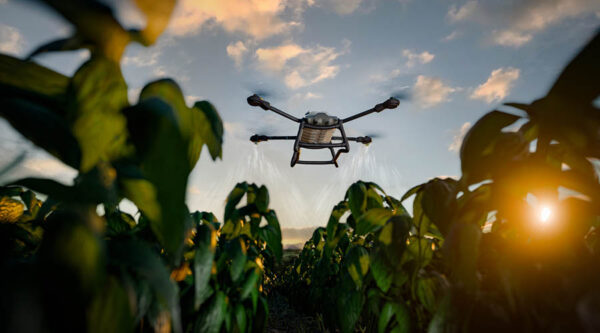

With the phasing out of the Basic Payment Scheme (BPS) and rising production costs in farming, diversification projects could offer a valuable additional income stream for farmers and landowners.
Options vary widely and may include agricultural and non-agricultural routes, including setting up a farm shop, entering agri-environment schemes, holiday lettings or converting agricultural barns into storage units.
At the time of writing, government funding routes for agri-environment schemes are currently closed. So, what other options are available?
Funding diversification projects
If you have a strong business idea but lack the funds to set it up, accessing finance through secured or unsecured lending may give you the start you need. Just make sure you can prove the proposed business model is sustainable in the long term, so you can repay the loan and support the future of the business.
While agri-environment schemes may be closed for now, this doesn’t rule out other government-backed schemes. For instance, the Growth Guarantee Scheme – designed specifically for business growth – remains open for applications until 31 March 2026. This rebranded Recovery Loan Scheme can provide you with the necessary funding to invest in new equipment or unlock the value in existing assets.
Another option is the Rural England Prosperity Fund, which provides capital funding to support new and existing rural businesses to develop new products and facilities that benefit the local economy. This often includes farm businesses looking to diversify income streams. Applications to the fund close in March 2026.
Finally, it’s worth considering whether you can sell biodiversity units or carbon credits as part of new opportunities under the biodiversity net gain (BNG) initiatives.
What are the obstacles to diversification?
There are several issues to be aware of when starting diversification projects. These include:
Financial considerations
Beware of upfront costs including legal fees, public indemnity insurance, capital costs and ongoing maintenance costs when changing land use, which may present cash flow issues in the early stages of a diversification project.
There are also potential enforcement costs if legal covenants are breached. For instance, the drought in Herefordshire over the summer made it impossible to maintain land to the required standard in some cases. Where this happens, the landowner must reinstate the land to the agreed standard at their own expense.
Changing land occupation or use may impact the availability of inheritance tax reliefs like Agricultural Property Relief (APR) and Business Property Relief (BPR). There may also be broader implications for VAT, corporation tax, income tax, capital gains tax or Stamp Duty Land Tax.
Land use and value implications
It’s important to check whether existing legal rights or easements have been granted over the land in favour of neighbouring properties, and whether those rights present an obstacle to your diversification plans.
Entering environmental scheme agreements can, in some cases, negatively affect the land value. The conservation covenants in agri-environment agreements and those imposed by the sale of carbon credits can be very restrictive and last up to 80 years, affecting long-term land use and your ability to sell or mortgage it.
It’s essential to consider how diversification may impact other uses of the land in future, whether for development, other income streams such as sporting rights or tenancy arrangements or environmental uses like solar panels or wind turbines.
Conclusion
Before starting any diversification projects, it’s best to consult with ‘the holy trinity’ – your land agent, accountant and solicitor – who can work together to advise you on diversification options that offer the best protection for your business and family.










